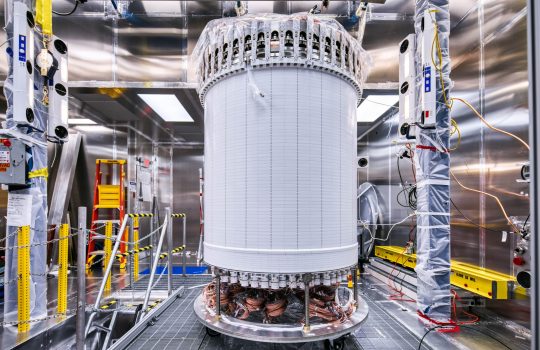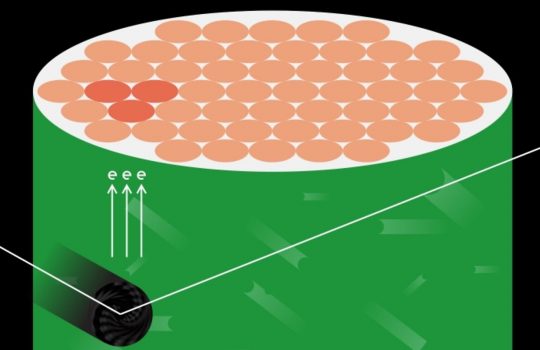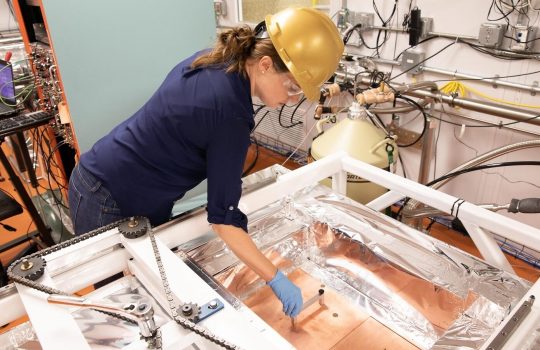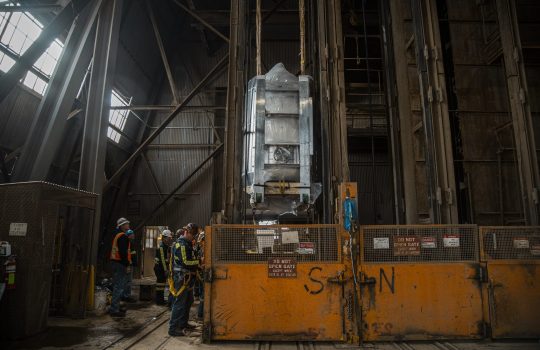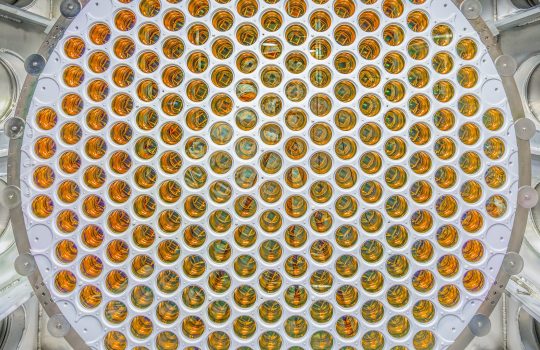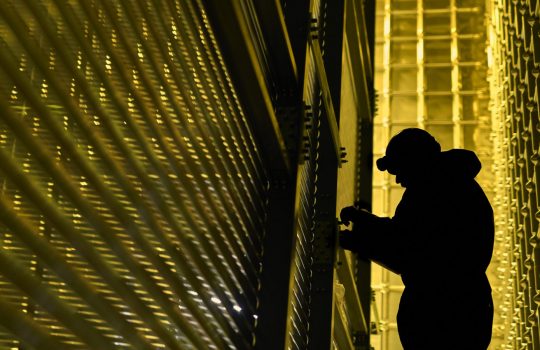Berkeley Lab researchers record successful startup of LUX-ZEPLIN dark matter detector at Sanford Underground Research Facility
Lawrence Berkeley National Lab has passed the startup operations phase and delivered first results of the LUX-ZEPLIN (LZ), the world’s most sensitive dark matter detector.

